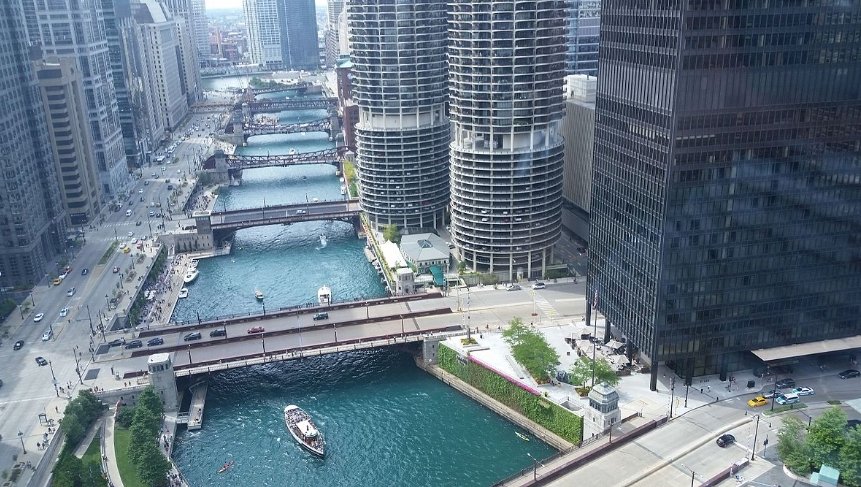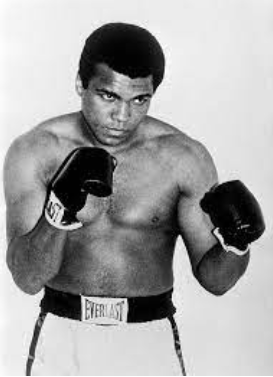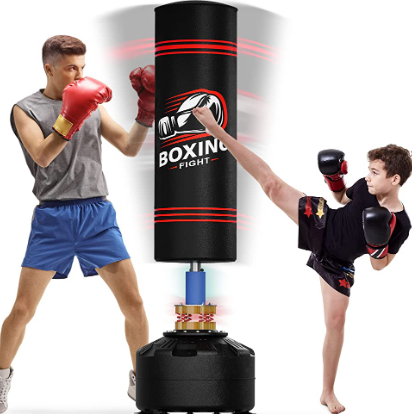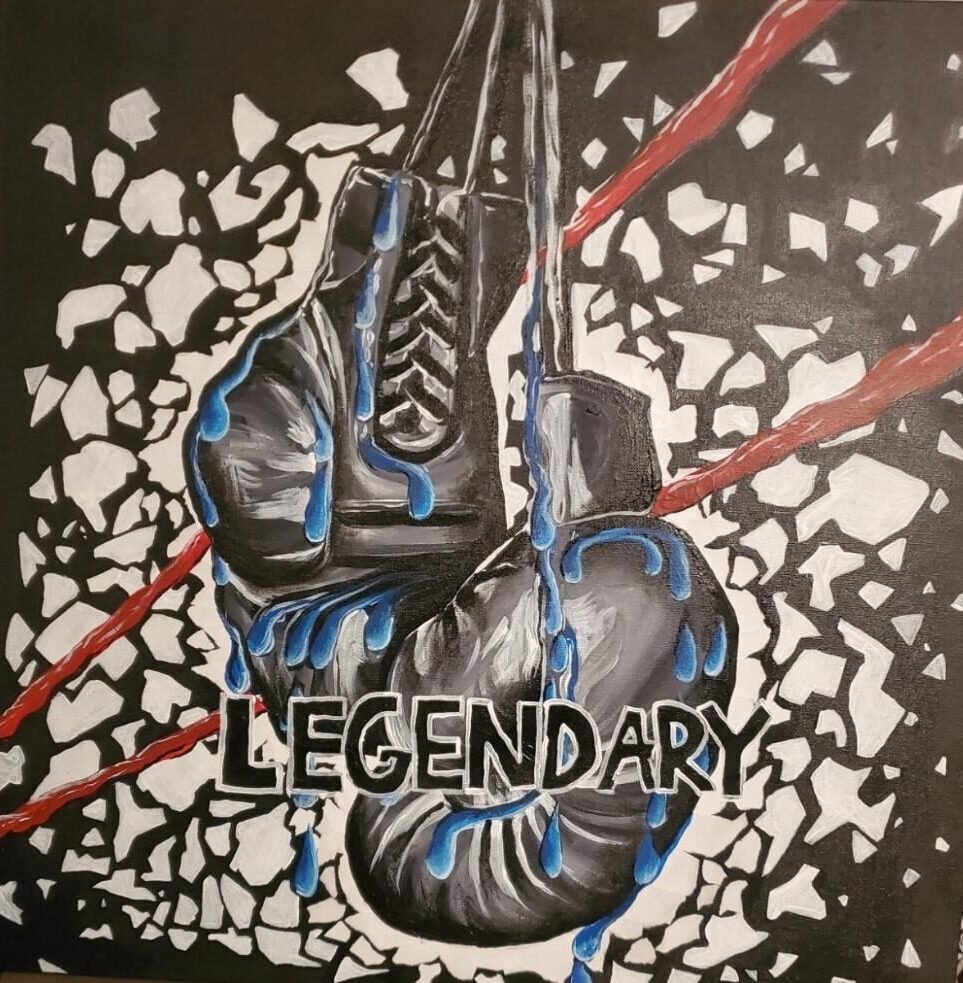The Near North Side of Chicago is home to not only Legendary Boxing but the River North Gallery District or just River North as well. It has more art galleries than anywhere else in the United States except for Manhattan. Between 1990 and 2012, River North went through a lot of changes, such as the construction of large high-rise buildings, nightclubs, and restaurants. River North has become one of the best places in Chicago to go out at night, mainly near Hubbard Street.
Most people agree that the River North neighborhood is the area north of the Chicago River and the Merchandise Mart, south of Division Street, east of the Chicago River, and west of Wabash Avenue. Along with hundreds of art galleries, the area has a lot of bars, dance clubs, popular restaurants, and other places to have fun. Some parts of River North are:
- (1) The City-designated Gallery District, which is mostly on Chicago, Superior, and Huron streets between Orleans and Lasalle. As it has grown and the area has become more upscale, you can now find galleries west of Orleans and east of LaSalle. However, most galleries are still in the core area.
- (2) The Contemporary Building – 2005 AIA Honor Awards for Architecture
- (3) The blocks north of the Merchandise Mart have a design district with shops and showrooms that sell commercial and high-end interior furniture.
- (4) Kingsbury Park is a new neighborhood with high-rise apartments built around Erie Park, which is near Erie Street and the Chicago River.
History
The town of Smokey Hollow
Because of its businesses and forges, River North was called Smokey Hollow in 1900. Smoke often covered the light. At the time, Smokey Hollow was a major transportation hub. Railroad tracks ran through the area, connecting the ports along the Chicago River to the rest of the country. Under the Merchandise Mart, you can still see railroad tracks. Huge coal bins were all over the neighborhood. Ships brought coal to the area, and the bins were used to store coal for the many factories and forges in River North. The Merchandise Mart was a big place where goods were stored. In the end, the Kennedy family bought the Merchandise Mart. Montgomery Ward, which used to be a store, also had a large shipping and storage facility in River North.
Little Sicily
Little Sicily was also in River North when it was in Chicago. Assumption Parish on Illinois Street was the first Italian Roman Catholic church in Chicago. Its goal was to be the parish for all Italians who lived between Lake Michigan and the Mississippi River. Later, Sicilians from the area around Assumption began to move north and start their own parishes. People whose families came from other parts of Italy tended to move west along Grand Street and form Parishes west of Assumption.
Prohibition
Dean O’Banion married Viola Kaniff in 1921 and invested in William Schofield’s River North flower store. O’Banion needed a legal front for his operation to sell illegal liquor. He also liked flowers and was very good at arranging them.
Schofield became the florist that most people chose for funerals.
The shop was right across the street from Holy Name Cathedral, where O’Banion and Weiss went to Mass. The rooms above Schofield’s were the North Side Gang’s headquarters. They managed the illicit booze trade in River North and Chicago’s Gold Coast.
On the morning of November 10, 1924, O’Banion was in Schofield’s back room cutting chrysanthemums. Frankie Yale went into the shop with John Scalise and Albert Anselmi, two men who were hired to kill Torrio and Capone. When O’Banion tried to shake Yale’s hand, Yale grabbed O’Banion’s hand and held on tight. At the same time, Scalise and Anselmi put two bullets in Dean O’Banion’s chest, two in his cheeks, and two in his throat. Dean O’Banion died right away.
History of punk rock
In the 1970s, River North was home to one of the biggest punk rock clubs. It was called O’Banion’s, after the famous hit on Dean O’Banion. From the 1960s on, things got bad in the River North neighborhood, and many families moved to the suburbs to get away from the bad parts of the city. There were a lot of buildings that were torn down to make parking lots. The crime made everyday life dangerous.
Assumption Church on Illinois Street alerted the Archdiocese of Chicago that many of its parishioners had gone to the suburbs. People from the suburbs flocked to Assumption Parish every Sunday to attend Mass.
The Rising of The River North neighborhood
Albert Friedman, president of Friedman Properties Ltd. in Chicago, began buying, fixing, and building commercial property throughout the southeast in 1974. This is how the neighborhood got its name, “River North.” At the time, much of the area was a slum, so Friedman started calling it “River North” to get people to move there. Within a few years, Friedman found photographers, ad agencies, and art galleries who were willing to rent the cheap space. River North Gallery District contains more art galleries outside of Manhattan than anyplace else in the U.S.
Recent Advancements
From 1990 to 2012, Franklin Street and Hubbard Street made River North one of the best places in Chicago to go out at night. People who move to Chicago go there to find the best restaurants, nightclubs, and places to live. During this time, several high rises were developed, increasing River North’s population.
Get in contact with us at (708)665-2623 on behalf of youth training boxing classes for ages 5 to 12 years of age! Visit our Legendary Boxing Training domain for more on Chicagoland and the Chicago Sinfonietta.






